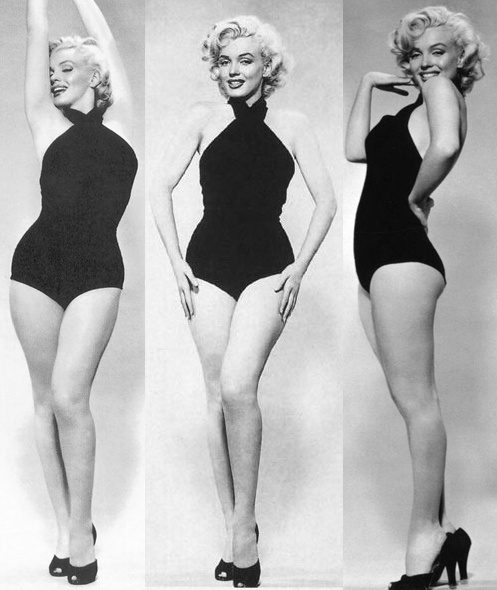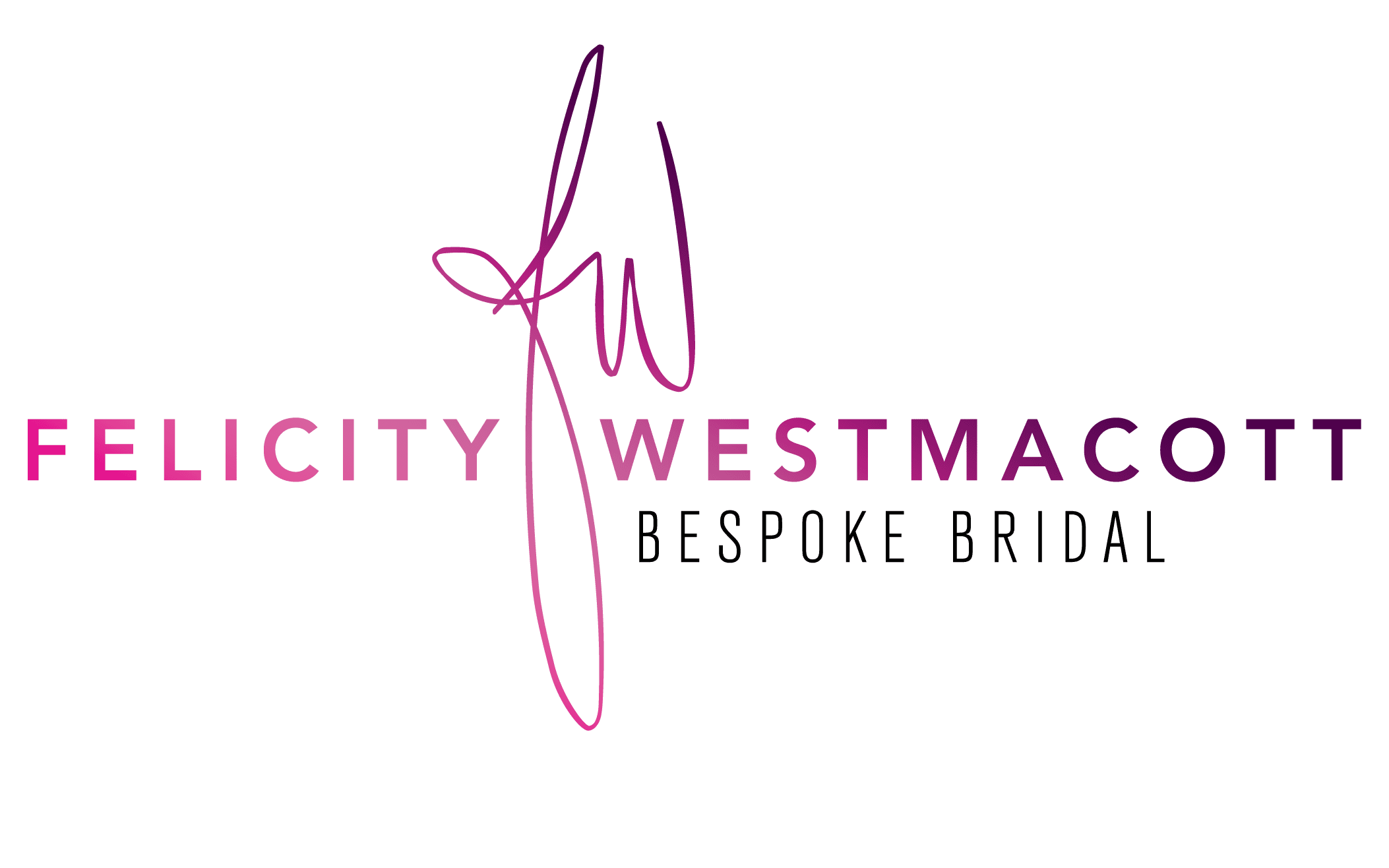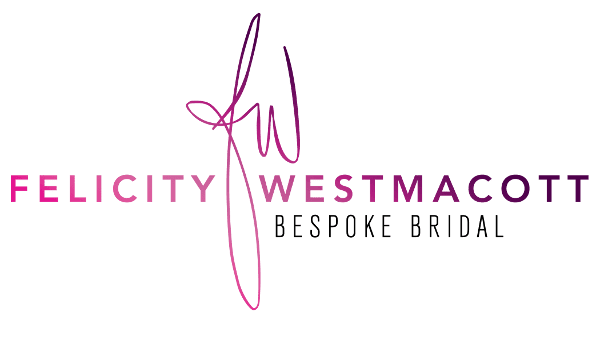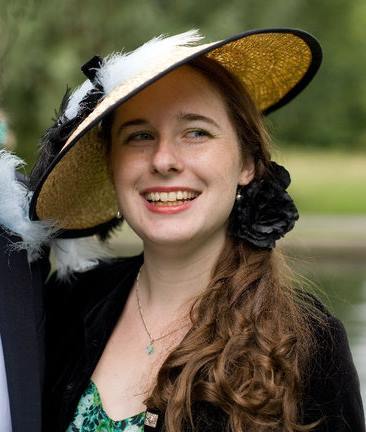If you have ever despaired of understanding sizing in the shops, rest assured, you are not alone. Why are you a size 14 in one shop and a size 18 in another? Unless, of course, you have just eaten A LOT of cake in a cafe in between the two shops my musings below may help you understand more…

I’m a professional wedding dressmaker and also give lessons in dressmaking. The first lesson in my dressmaking classes is always all about sizing as otherwise most people would make the wrong size. It is SO confusing in the shops! How are we meant to make sense of it? And if you’re a bride who has found she has to buy a wedding dress two sizes up from your usual dress size, this might help you feel better about that too!
For those of you reading this who do sew, I will follow this post with another about how to make your commercial dressmaking patterns really FIT, which basically means ignoring all the ‘sizes’!
‘Vanity Sizing’
Sizing has gradually got bigger over time, a tendency called ‘vanity sizing. In the 1950’s a 36″ bust was called a UK size 16, in the 1970’s a 36″ bust was called a size 14. Today it is a size 12, on average, but might be anything from a size 8 to a size 14, depending on which shop you are in! That whole thing where famously ‘Marilyn Monroe was a size 16’ Yes, she was, but not only was that in American sizing but if she were shopping in Oxford Street today she’d be closest to today’s size 8 or 10! Though anything she bought would still need quite a bit of alteration as her bust at 35″ would be a happy size 10, her waist was a tiny 22″, which would be a size uk 4!
‘Real sizing’
There is no ‘stone tablet’ of ‘real sizing’. There never has been. The shops are free to call the sizing anything they like, to best flatter their customers self-image and maximise sales. It’s not meant to be a con, though it might feel like it. It’s just human psychology! Regardless of whether they fit us we’re not very likely to buy something that has a bigger size on the label than we like to think we are. I’m a size 12 or 14 in ASOS, which is primarily designed for 15 years old girls so it’s sizes need to be ‘small’ (or actually, old-fashioned/accurate). And I’m a size 8 or 10 in M&S, which is aimed at an older demographic who love to find out they are still the same dress size they were in their 20’s, despite being 4 inches bigger!
‘I’m a size 8’
We had two women in a dressmaking class once and we were all being measured to make a skirt. Both ladies buy size 8 clothes when they go shopping and both had great figures! But one had a 28 inch waist and the other 31 inches! How is this possible? Well, they bought their clothes from very different shops, as they had different tastes and were about 40 years apart in age. The shops in each case weren’t trying to ‘con’ them or ‘trick’ anyone. But both women were happy with the size and fit of their clothes, and with the ‘size’ the label said. Were their clothes actually the same size if laid on top of each other? Of course not.
‘My Monsoon dress’
I’m a dressmaker and should know better, but I’m just as prone to this as anyone else. I’ve insisted on buying the dress with the size I want to be instead of the size that fits. It was from Monsoon and the assistant even poked her head around the changing room curtain and offered to bring me the next size up, but I insisted I was a size 10 and “would not need the 12 thank you!” I never wore, it, it was too small. And the size that would have fitted me was physically the same measurements as other dresses I own, it just had a different number on the label! Our brains let us down so badly!
‘Minimise returns’
Most manufacturers tweak their sizing continuously, so it’s not even the same from one season to the next in the same shop! They tweak and tweak ’til they get the fewest returns, ’til their main customer base is the most flattered. And it’s not likely to ever stop. Not unless we can master our brains or all agree on a set in stone sizing system, fixed and immutable!
‘Wedding Dress Sizing’
Vanity sizing in shops has become more and more extreme as the decades pass but the bridal industry is a bit stuck in the past. So though I normally buy a size 12 (on average, in shops designed for my age demographic) I would have to buy a size 16 wedding dress. This isn’t true of every bridal label of course, just as with high-street clothes, they all run their own sizing systems and some are more in line with modern sizing than others. It is so depressing for brides, on such a sensitive occasion, to be told they need to buy a size so much ‘bigger’ than usual. I will write a fuller post on this, as there are more nuances that might be useful to brides than I have space for here.
How to get around the problem
My best advice is to buy clothes that fit best, ignore the sizing. Pick up three sizes of everything when you’re in the shop. Try them all on and buy the one that makes you look most fabulous. You may find you’re not only supposedly different sizes from shop to shop, or top to bottom but also from style to style as some of us may prefer to wear clothes tighter or looser than the designer imagined!
It’s no good telling anyone not to get upset over sizing in shops. At best the differences are REALLY annoying, at worst they can be the straw that ‘breaks the camels back’ of our delicate self-worth when we’re having a bad day and find we don’t fit the size we expected. I won’t tell anyone not to be annoyed, but I can reassure you that at least you’re not alone. As long as we’re human we’ll be wishing we could fit the ideals society and the media hold up to us, whether that is a figure like Botticelli’s Venus in the 1600’s, or the illusive perfect size 10 of 2025!







A sizeable issue – Lol's Sew & Sews[…] Marilyn Monroe was a size 16… […]
woozelsmudgethanks for reading my post, and sharing it! I hope it helps you and any other readers feel much better about sizing, knowing it’s not real!